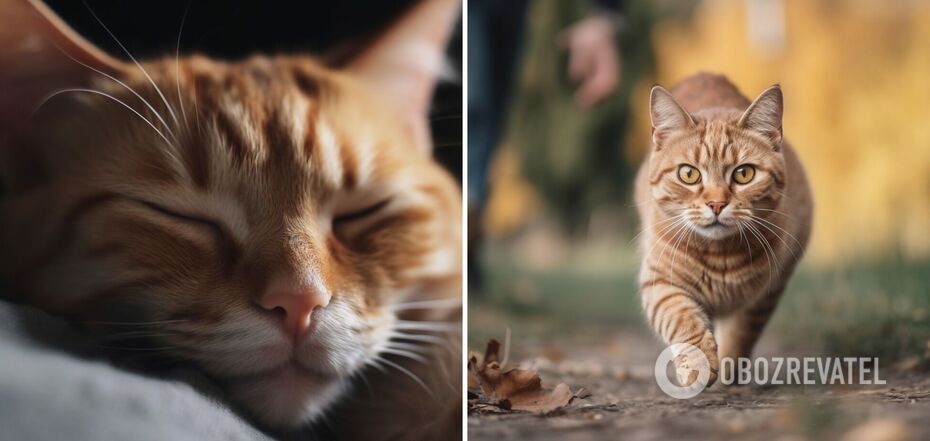Life
What's the right way to call cats: a way they're sure to respond to
Sometimes when arguing about whether cats or dogs are smarter, one of the most important arguments is the ability of dogs to respond clearly to their owners' calls. While cats often ignore any attempts to get their attention. French scientists claim that the reason is probably that we just don't call them correctly.
The interesting study was reported by the publication Gizmodo. It was conducted by scientists from the Laboratory of Comparative Ethology and Cognition of the University of Paris Nanterre. They specialize in the study of the interaction between cats and people.
In October 2022 a team of researchers led by Charlotte de Mouzon found that, in fact, cats can easily distinguish among the human voice of the owner. What's more, the animal can tell well when that person is just saying something and when it's addressing him or her. And the very combination of these two factors can attract the cat's attention.
After that, the scientists decided to find out how to call the unfamiliar animal. To do this, they conducted a series of experiments with 12 cats living in Kotokafe. It turned out that the fluffy animals most often responded to a combination of two signals - vocal and visual. But when people completely ignored the animals, they looked more stressed.
According to de Mouzon, human communication involves a whole palette of signals - voice, intonation, facial expressions, and gestures. Her group suggests that the same approach should work with cats.
In the first phase of research, the scientist accustomed the test animals to their presence. Then she tested several scenarios. After the cat entered the room, de Mouzon did one of the actions:
- beckoned the animal, but made no gestures;
- pointing at the cat but remaining silent;
- simultaneously beckoned the test animal and gestured toward it;
- ignored the presence of the cats.
It was the third scenario that worked best, combining vocal cues and gestures. In this way, the animals were more likely to approach the scientist. The experiment also found that cats responded better when given only a visual cue than when given only a vocal cue. But the researchers speculated that this approach would only be effective when communicating with unfamiliar animals. Conversely, an animal that has been familiar with humans for a long time would respond better to a voice.
Another conclusion the scientists were able to draw was that cats were more likely to wag their tails when they received only a vocal stimulus and when they did not respond to them at all. In feline body language, this gesture indicates the animal's anxiety, stress, and discomfort. So, the researchers suggested that a complete lack of response to them is unpleasant for cats.
Earlier OBOZREVATEL told why, according to scientists, cats purr.
Subscribe to OBOZREVATEL channels in Telegram and Viber to keep up with the latest news.



























